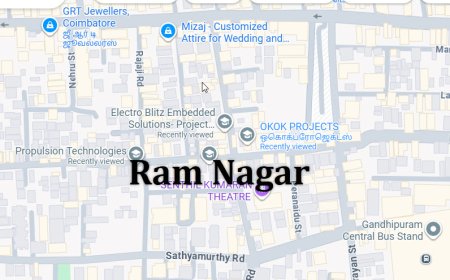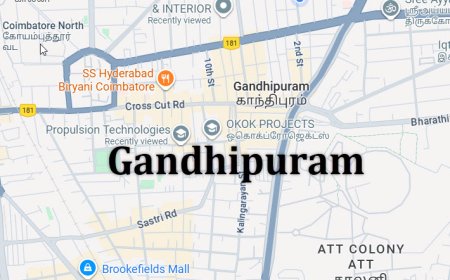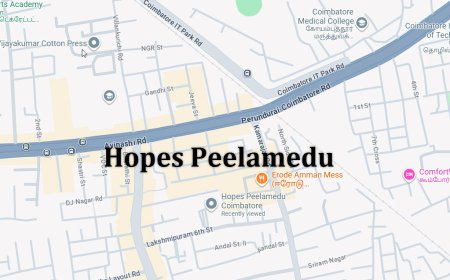Rain Fall Prediction System in Python Projects
Rain Fall Prediction System in Python Projects
Rain Fall Prediction System in Python Projects
Abstract
Accurate rainfall prediction is crucial for agriculture, water resource management, disaster prevention, and urban planning. The project Rainfall Prediction System in Python Projects focuses on developing an intelligent system that predicts rainfall using historical weather data and machine learning techniques. Python is chosen as the development platform due to its powerful libraries for data analysis, visualization, and predictive modeling, including Pandas, NumPy, Scikit-learn, TensorFlow, Keras, and Matplotlib. The system preprocesses historical meteorological data such as temperature, humidity, wind speed, and precipitation, and applies regression or deep learning models to forecast rainfall for a given region. By providing accurate and timely predictions, the system supports farmers, policymakers, and environmental agencies in making informed decisions and mitigating the impact of extreme weather events.
Existing System
Traditional rainfall prediction methods rely on manual observation, statistical modeling, or basic meteorological simulations. While these methods can provide general forecasts, they are limited in handling complex, nonlinear patterns in weather data and often fail to provide accurate predictions for local regions or extreme weather events. Some modern systems use numerical weather prediction (NWP) models, but these require high computational resources and large datasets. Existing machine learning approaches improve prediction accuracy but may focus on specific regions, lack integration with multiple weather parameters, or fail to provide real-time forecasting capabilities.
Proposed System
The proposed system introduces a Python-based rainfall prediction framework that integrates historical weather data and advanced machine learning models for accurate forecasting. Data preprocessing steps include cleaning missing values, normalization, and feature selection to improve model performance. Regression models such as Linear Regression, Random Forest Regression, or Gradient Boosting are employed, along with deep learning architectures like LSTM and GRU for capturing temporal dependencies in time-series weather data. The system is evaluated using metrics such as Mean Absolute Error (MAE), Root Mean Squared Error (RMSE), and R-squared to measure prediction accuracy. By combining data-driven modeling, machine learning, and real-time analysis, the system provides a scalable, reliable, and accurate solution for rainfall prediction, enabling proactive planning for agriculture, disaster management, and water resource management.
What's Your Reaction
 Like
0
Like
0
 Dislike
0
Dislike
0
 Love
0
Love
0
 Funny
0
Funny
0
 Angry
0
Angry
0
 Sad
0
Sad
0
 Wow
0
Wow
0





























